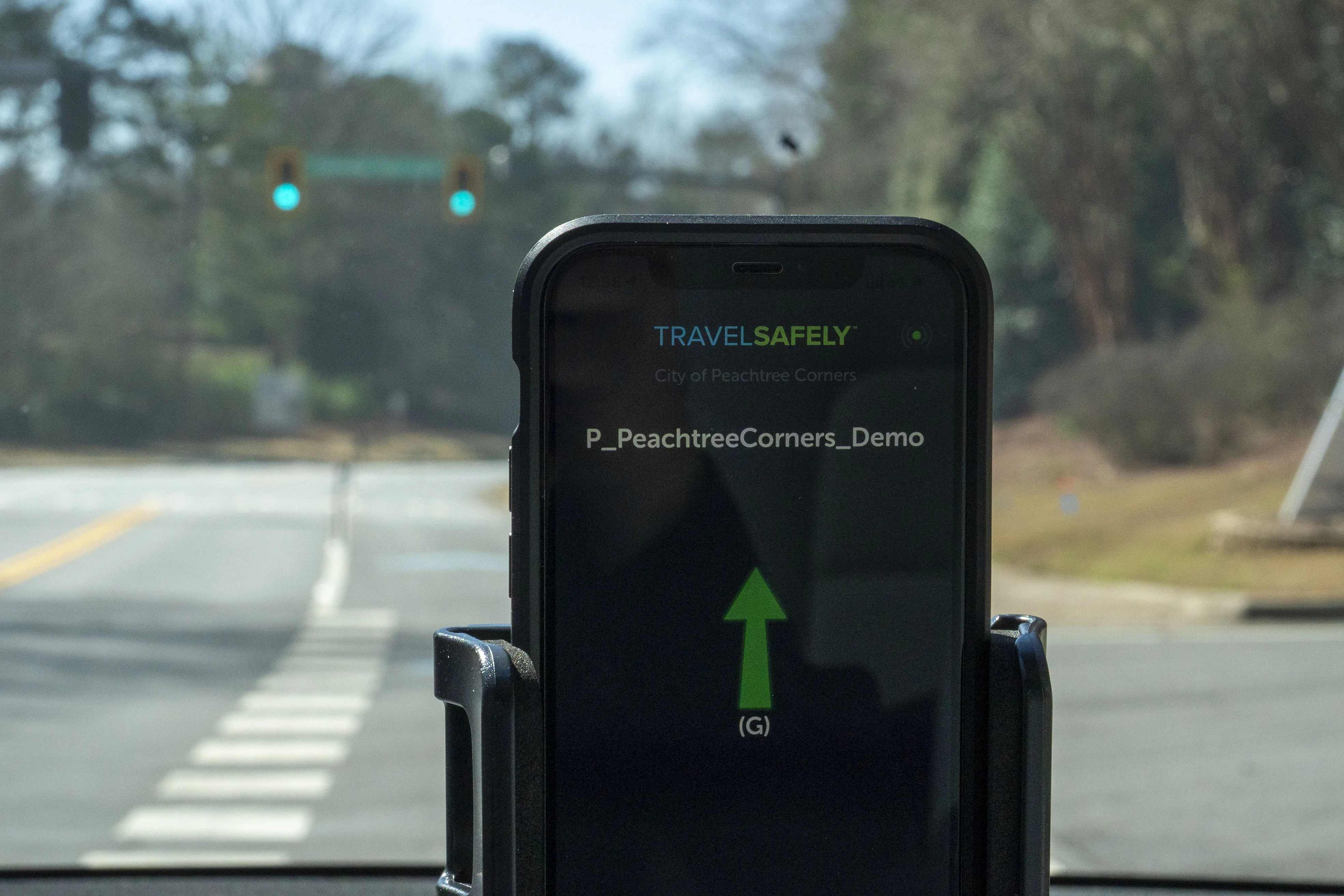Toyota Motor Corporation (TMC) has developed an onboard navigation system compatible with the vehicle-infrastructure cooperative Driving Safety Support System (DSSS) scheduled for launch by the Japanese National Police Agency in Japan next month. The five main features of the new system, which provides timely audio and visual warnings and notifications to drivers, are red light warning, stop sign warning, stationary vehicle ahead warning, blind corner vehicle presence notification, and green light advance n
April 23, 2012
Read time: 1 min
RSS1686 Toyota Motor Corporation (TMC) has developed an onboard navigation system compatible with the vehicle-infrastructure cooperative Driving Safety Support System (DSSS) scheduled for launch by the 5150 Japan's National Police Agency next month. The five main features of the new system, which provides timely audio and visual warnings and notifications to drivers, are red light warning, stop sign warning, stationary vehicle ahead warning, blind corner vehicle presence notification, and green light advance notification.
Toyota’s navigation system receives traffic infrastructure information from roadside infrared beacons via an onboard VICS beacon unit. The system uses this information in conjunction with real-time vehicle information such as speed and accelerator pedal position to support safe driving by giving audio and visual warnings when appropriate.
Toyota’s navigation system receives traffic infrastructure information from roadside infrared beacons via an onboard VICS beacon unit. The system uses this information in conjunction with real-time vehicle information such as speed and accelerator pedal position to support safe driving by giving audio and visual warnings when appropriate.










